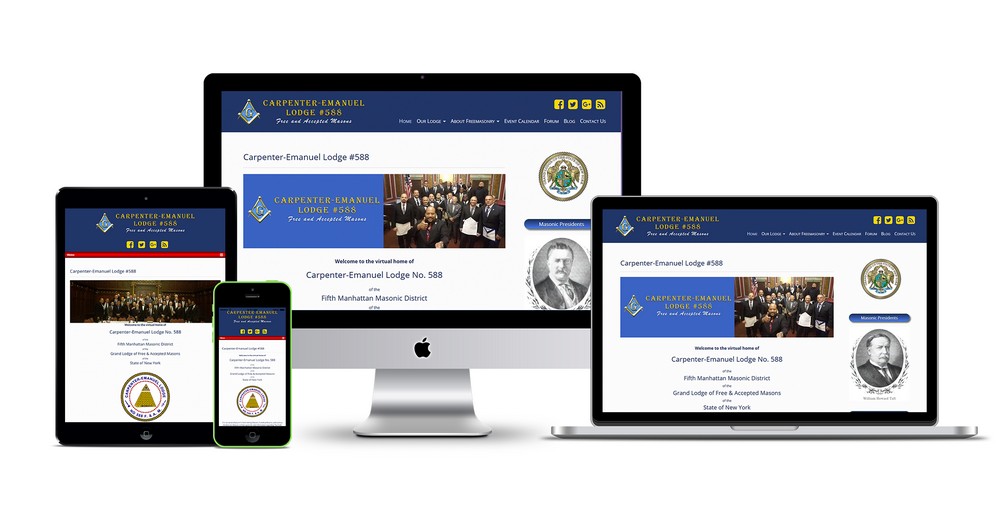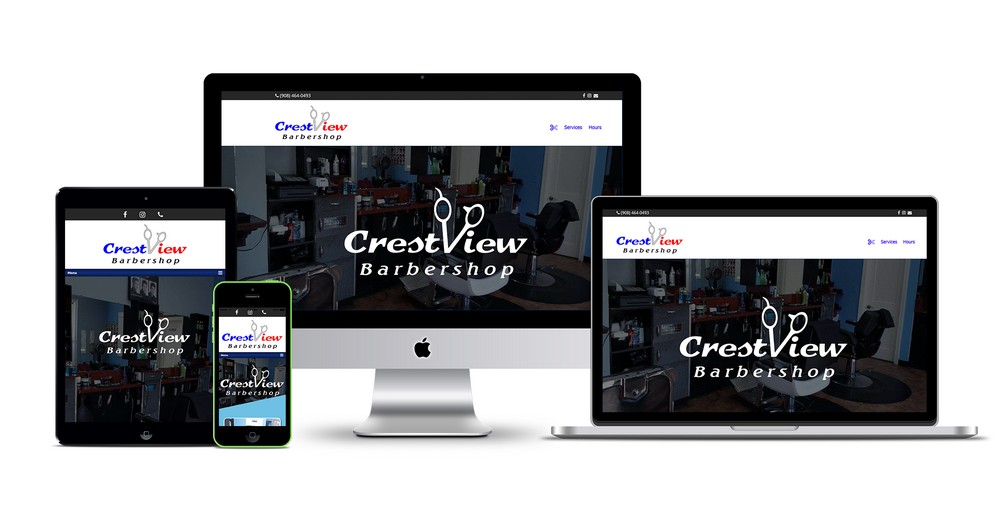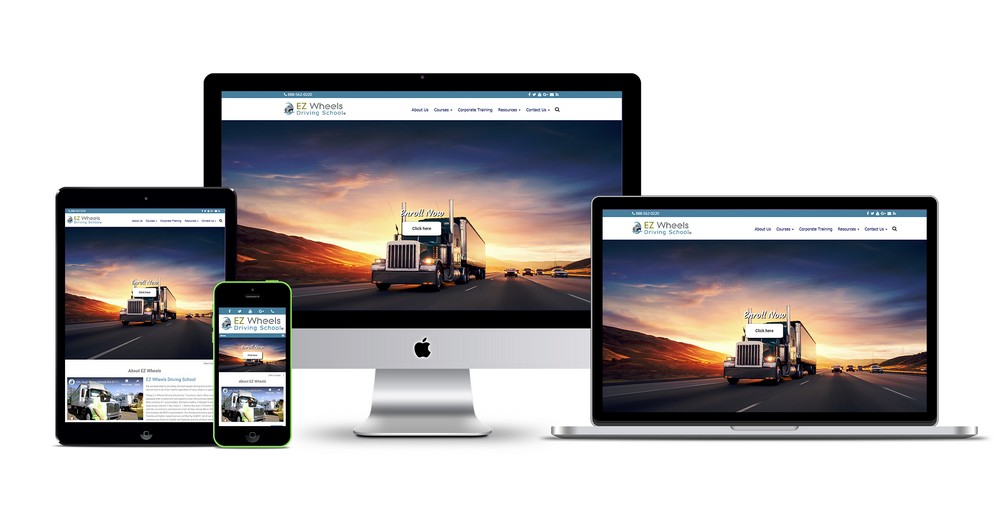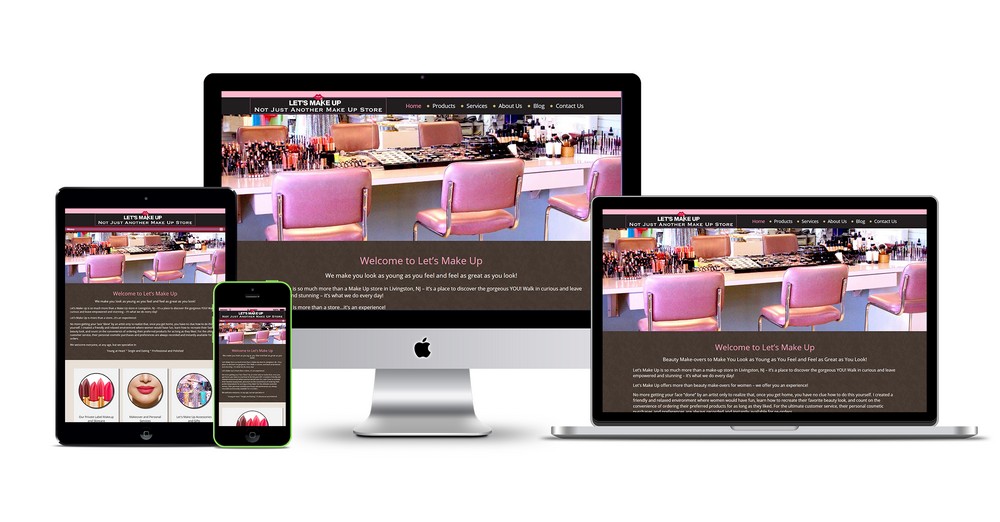In the dynamic landscape of the digital world, staying ahead of the curve is crucial for maintaining a strong online presence. One of the seismic shifts in the way search engines evaluate websites is Google’s Mobile-First Indexing. With an increasing number of users accessing the internet through mobile devices, Google’s shift towards mobile-first indexing has significant implications for website owners and developers. In this article, we delve into the concept of mobile-first indexing and explore its effects on your website.
Understanding Mobile-First Indexing:
Traditionally, Google’s search index was primarily based on the desktop version of websites. However, as mobile usage skyrocketed, Google recognized the importance of optimizing the search experience for mobile users. Mobile-first indexing is a process where Google predominantly uses the mobile version of a website’s content to determine its relevance and ranking in search results.
In simpler terms, Google’s crawlers now prioritize crawling and indexing the mobile version of your website. This shift reflects the search engine’s commitment to enhancing user experience for the growing number of mobile searchers.
Effects on Your Website:
- Mobile-Friendly Design is Non-Negotiable:
With mobile-first indexing, having a responsive and mobile-friendly design is no longer optional but imperative. If your website is not optimized for mobile devices, it may suffer in terms of rankings and visibility. Google’s algorithm considers mobile-friendliness as a significant ranking factor, as it directly affects user experience. - Content Parity Between Desktop and Mobile:
As Google primarily crawls and indexes the mobile version of your site, it’s essential to maintain content parity across both versions. Ensure that the mobile version includes all the valuable content present on the desktop site. Missing content could negatively impact your site’s search visibility. - Page Loading Speed Matters:
Mobile users often have limited patience for slow-loading websites. Page speed is a crucial factor in mobile-first indexing. Compress images, leverage browser caching, and optimize code to improve loading times on mobile devices. Faster-loading pages not only enhance user experience but also contribute to better rankings. - Structured Data and Metadata:
Structured data markup helps search engines understand the content and context of your website. Ensure that structured data and metadata are consistent across both desktop and mobile versions. This consistency aids Google’s crawlers in accurately interpreting your content. - Mobile Usability Signals Impact Rankings:
Mobile usability factors, such as touch elements being appropriately spaced, font size, and avoiding intrusive interstitials (pop-ups), significantly influence how Google ranks your site. User-friendly mobile design translates to higher rankings and better user engagement. - Separate Mobile and Desktop URLs:
While responsive design is the preferred approach, some websites opt for separate mobile and desktop URLs. If you have a separate mobile site, ensure proper implementation of canonical tags to indicate the primary version of each page. This helps prevent duplicate content issues.
Adapting to Mobile-First Indexing:
- Responsive Design:
If you haven’t already, switch to a responsive web design that adapts seamlessly to various screen sizes. This ensures a consistent user experience across devices and aligns with Google’s mobile-first approach. - Mobile Optimization:
Focus on mobile optimization by testing your website’s performance on different mobile devices. Address issues like viewport settings, font sizes, and touch elements to create a smooth browsing experience. - Content Prioritization:
Prioritize the most important content for mobile users. Since screen real estate is limited on mobile devices, emphasize concise and engaging content that captures users’ attention quickly. - Regular Testing:
Regularly test your website’s mobile version using tools like Google’s Mobile-Friendly Test. This will help you identify and rectify any mobile-specific issues that might affect your site’s performance.
Conclusion:
Google’s mobile-first indexing represents a monumental shift in how websites are evaluated and ranked. As mobile internet usage continues to rise, adapting to this change is paramount. By embracing responsive design, optimizing for mobile users, and maintaining content parity, you can not only weather this transformation but also position your website for enhanced visibility, improved user engagement, and sustained success in the evolving digital landscape.




















